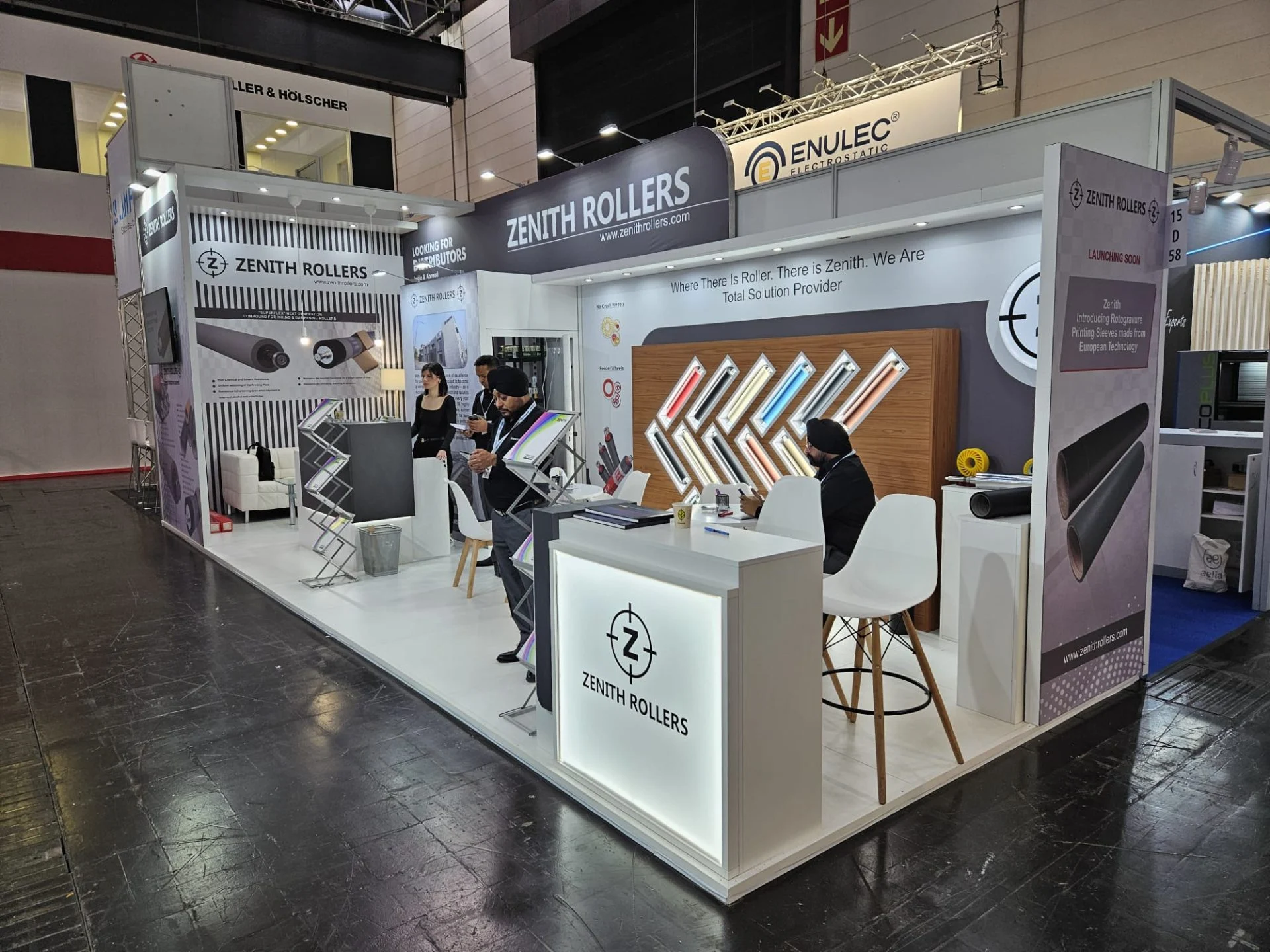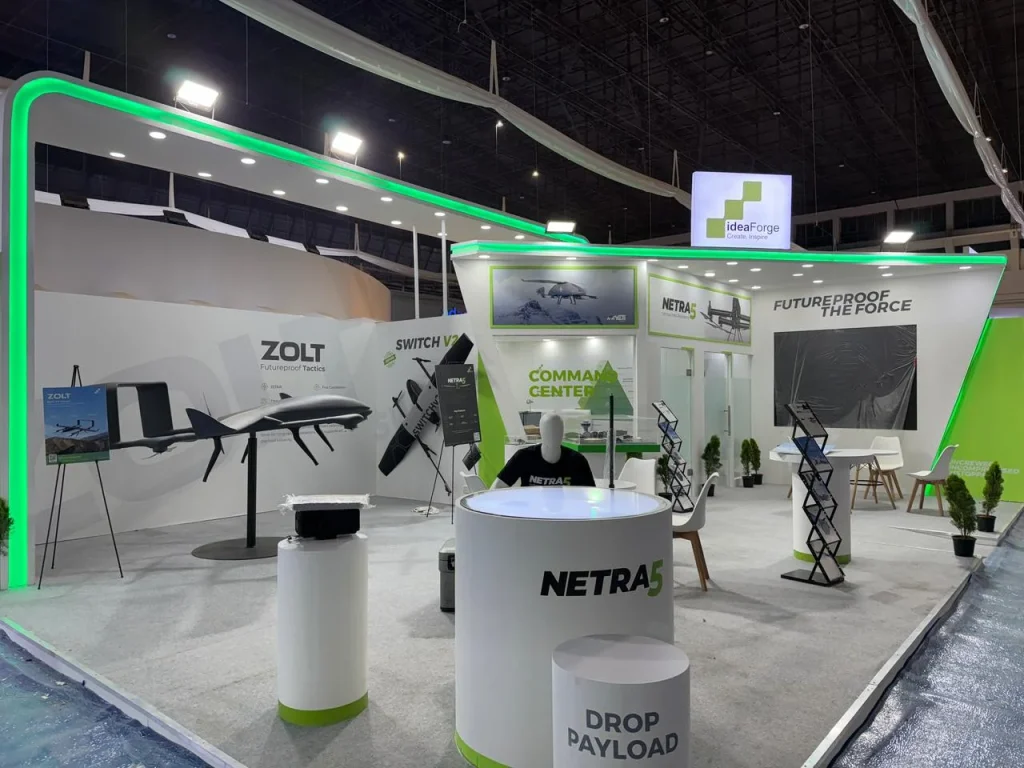
Introduction
When it comes to large-scale exhibits, logistics play a critical role in ensuring everything runs smoothly. From managing massive booth components to coordinating with multiple vendors, the complexity of large exhibits requires meticulous planning and flawless execution. Here’s how logistics help manage this complexity and keep large-scale exhibits on track.
1. Comprehensive Pre-Event Planning
For large-scale exhibits, the devil is in the details. Proper planning can prevent major hiccups during setup and execution.
- Detailed Project Plans: Break down each phase of the exhibit setup, from shipment to on-site installation, and assign responsible team members for each task.
- Vendor Coordination: Engage with all stakeholders, including exhibit builders, shipping companies, and venue staff, to ensure alignment on timelines and expectations.
- Venue-Specific Regulations: Large-scale exhibits often face unique venue challenges, such as ceiling height restrictions or fire code compliance. Familiarize yourself with these early on.
2. Handling Large Exhibit Components
Exhibits of significant size require special attention to the transportation and installation of large components.
- Oversized Shipping Solutions: Partner with shipping companies experienced in handling large, heavy, or fragile items. Plan for special permits or escorts if required for oversized deliveries.
- Crating and Packaging: Use custom crates for sensitive or bulky items to prevent damage during transit. Label each piece clearly for easy assembly on-site.
- Advanced Deliveries: For especially large or complex exhibits, consider shipping components to the venue’s advance warehouse to avoid delays during setup.
3. On-Site Coordination: Building the Exhibit
Building a large exhibit on-site requires the careful coordination of labor teams, equipment, and schedules.
- Efficient Labor Allocation: Ensure you have the right mix of skilled labor, from riggers to electricians, to handle different aspects of the setup. Break teams into shifts to maintain continuous progress.
- Heavy Equipment: Large exhibits often require cranes, forklifts, or specialized equipment for installation. Secure this equipment ahead of time and make sure operators are certified to use it.
- Staging Areas: Organize materials in staging areas close to the booth space, so that each piece is easily accessible as needed.
4. Technology Integration at Scale
Large exhibits often feature significant technology installations, from video walls to interactive displays.
- Pre-Test Equipment: Ensure that all tech components are pre-tested before shipment to the venue. Tech failures on-site can cause massive delays.
- Specialized Support: Large exhibits may need dedicated tech support during the event to ensure everything runs smoothly. Have a team on standby for troubleshooting.
- Backup Systems: For large-scale tech, such as multi-screen displays or lighting systems, have backup options ready to avoid downtime if the primary setup encounters issues.
5. Managing Multiple Vendors
Large-scale exhibits often involve collaboration with multiple vendors, each handling different parts of the exhibit.
- Centralized Communication: Use project management software like Trello or Asana to centralize communications, timelines, and progress updates across all vendors.
- Frequent Check-Ins: Schedule regular check-ins with each vendor to stay updated on their progress and address any potential delays early.
- Contract Clarity: Ensure contracts with vendors outline specific responsibilities, timelines, and penalties for missed deadlines or changes.
6. Adapting to On-Site Challenges
Unexpected issues are bound to arise when managing large exhibits, from last-minute design changes to weather-related complications.
- Flexible Setup Team: Have a versatile team in place that can adapt quickly to on-site challenges, such as adjusting design elements or rerouting electrical wiring.
- Plan for Delays: Build buffer time into the schedule to accommodate unforeseen issues, especially with large-scale setups.
- Contingency Planning: Develop contingency plans for key aspects like transportation delays or tech failures. For example, have a backup plan for alternate entry points if the main one is blocked.
7. Post-Event Breakdown: Avoiding Chaos
Breaking down large exhibits can be just as complex as setting them up. Ensuring an efficient teardown will prevent costly delays and damage to materials.
- Organized Teardown: Assign a dedicated team to manage the dismantling process, making sure each component is packed correctly and shipped back without damage.
- Staggered Breakdown: Break down the exhibit in phases to keep the process organized and efficient. Avoid last-minute rushing that can result in misplaced or damaged materials.
- Post-Event Debrief: Conduct a debrief session after the event to evaluate what worked and what didn’t. This will help improve processes for future large-scale exhibits.
Conclusion: The Backbone of Large-Scale Exhibits
Effective logistics are the backbone of any large-scale exhibit. By focusing on detailed planning, strong vendor coordination, and on-site flexibility, you can manage the complexity of even the largest trade show booths. Ensuring that every moving part is accounted for will lead to a smooth execution, allowing your brand to shine at the event.


 Global
Global Europe
Europe

